Some people have difficulty sleeping for which normal medical examinations cannot diagnose the exact cause. In such cases, those affected become Polysomnography sent to a sleep laboratory.
What is polysomnography?

Polysomnography is a comprehensive examination of all body functions during sleep. It is usually carried out in a stationary sleep laboratory and records the depth, quality and course of sleep.
The following body functions are tested: brain activity through EEG (electroencephalogram), heart rate through EKG (electrocardiogram), breathing processes and breath sounds, eye movements, muscle tension, body posture and movements, body temperature and the oxygen saturation in the blood. All the values examined together result in a sleep profile that provides information about the cause of the sleep disorder.
Function, effect & goals
Polysomnography is always used when conventional examinations cannot find the correct cause of sleep disorders, but health is endangered if the sleep disorders are left untreated. Above all, it is indispensable in sleep apnea syndrome because those affected snore and have pauses in breathing while snoring, which means that sleep is not restful, so that they suffer from daytime sleepiness up to microsleep. This is particularly dangerous in road traffic and pauses in breathing lead to cardiovascular problems over the long term.
Other areas of application include
- epilepsy
- nightmares
- Narcolepsy
- Panic attacks
- Psychogenic paralysis
- Pavor nocturnus (night terrors) in children
- Restless legs syndrome (restless legs)
- Somnambulism (nocturnal sleepwalking)
To find the causes of these sleep disorders, polysomnography examines sleep in its various stages. During sleep, neurological properties and cardiovascular parameters are recorded and the behavior of the patient is monitored by video cameras.
Before an examination in the sleep laboratory takes place, a detailed medical history and physical examination must be carried out in order to narrow down the possible cause of the sleep disorders. If a pressure measurement of the chest with an esophageal probe is necessary, the patient must be informed about the risks beforehand.
There are two forms of polysomnography. The small polysomnography examines psychiatric diseases, epilepsy and obstructive sleep apnea syndrome (OSAS). The following parameters are monitored and recorded:
- Brain waves
- Cardiac activity
- Oxygen saturation of the blood and the heart rate by pulse oximetry]
- Eye movements
- Muscle activity (including masticatory muscles)
- Respiratory flow and breathing movements
A major polysomnography is done if treatment does not improve sleep disorders. Then additional parameters are recorded:
- Blood pressure
- Body temperature
- erection
- Breathing pressure when using a breathing mask
- Snoring noises
- Monitoring by microphone
The polysomnography is usually carried out on two consecutive days and nights in the sleep laboratory. Electrodes are placed on the patient's skin for measurements on different parts of the body (head, corners of the eyes, chin, chest, lower legs). The investigation is continuously monitored by staff. After the examination, the findings are discussed with the patient and appropriate therapy initiated. If the records are not conclusive, the examination must be repeated if necessary.
You can find your medication here
➔ Medication for sleep disordersRisks, side effects & dangers
Since polysomnography is a painless, non-invasive examination method, there are usually no complications. If there are any side effects at all, it is mostly a skin reaction to the adhesive with which the electrodes are attached to the skin. When measuring the pressure of the thorax with an esophageal probe, inserting the probe can be uncomfortable and stress the patient more. There is a small risk of injury to the nasopharynx and esophageal lining. But they rarely occur.
The room in which the examination is carried out is similar to a hotel room. It is quiet and dark during the examination and recording. A video camera records all movements. Patients could behave normally during this time. New wireless technology makes it possible for them to move around freely and also go to the toilet without having to be disconnected from a night nurse. During the examination, someone is always there to speak to via the microphone.
On the day of the examination, patients should not sleep during the day and no more drinks containing caffeine from around 14 years of age. The hair should be freshly washed so that the electrodes stick well to the head, but no hairspray, oil or gel should be used. For the night you can bring anything that helps you sleep well, including your own pajamas.
Since the sleeping environment in the sleep laboratory is different from the familiar environment at home, it may be that falling asleep or staying asleep in the sleep laboratory does not work so well, but that does not matter for the test result, the records are still meaningful. Newer mobile technology already enables an examination at home, which offers the advantage of a sleep recording under realistic conditions and can therefore be more informative than in the sleep laboratory. Following the examination, suitable therapeutic measures are discussed with the patient, e.g. B. in the case of sleep apnea, a breathing mask is recommended during sleep, which provides him with oxygen to avoid breathing pauses.

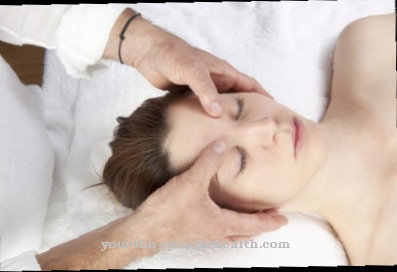
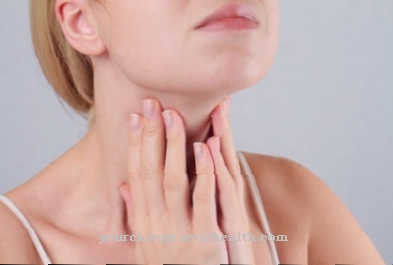
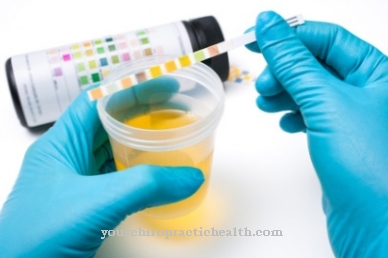
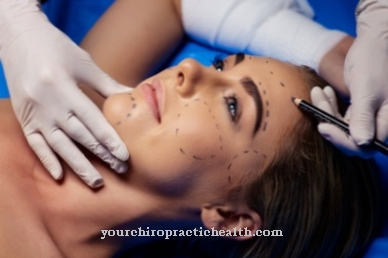
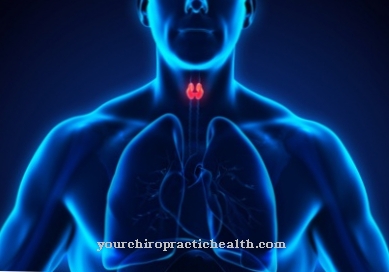
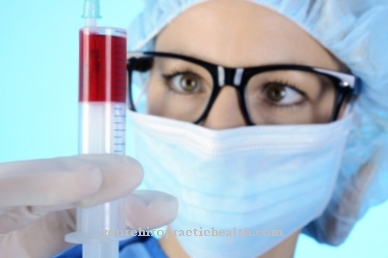





.jpg)



.jpg)










.jpg)
